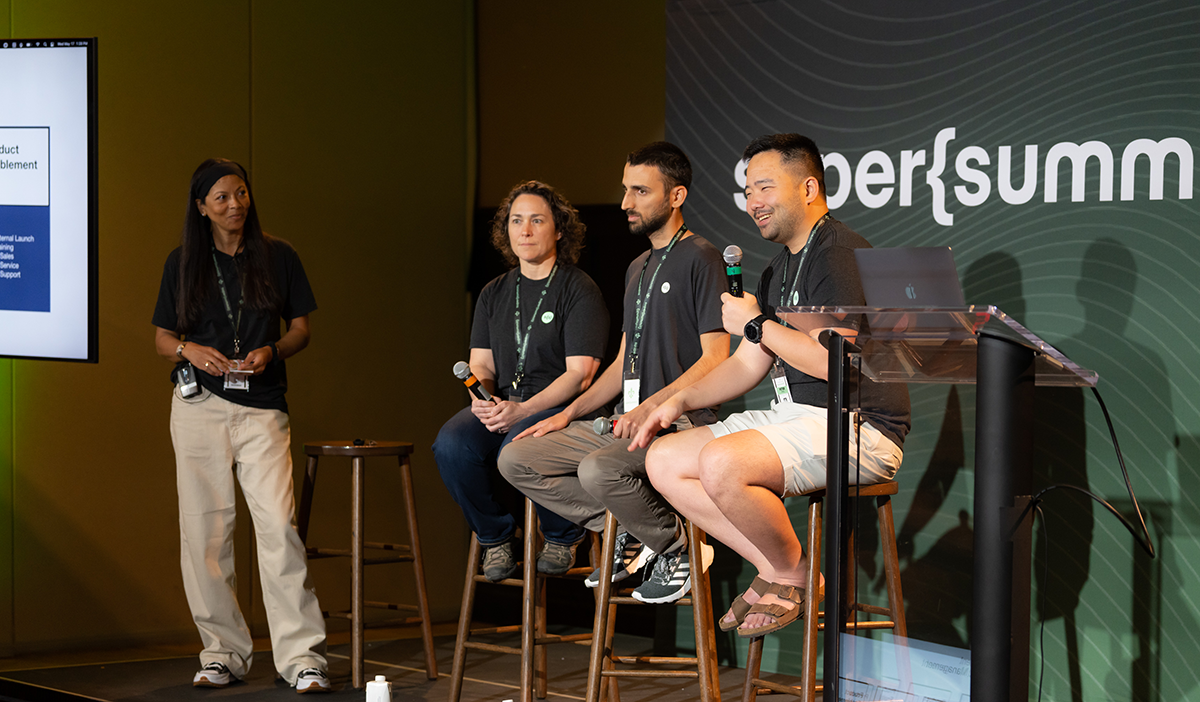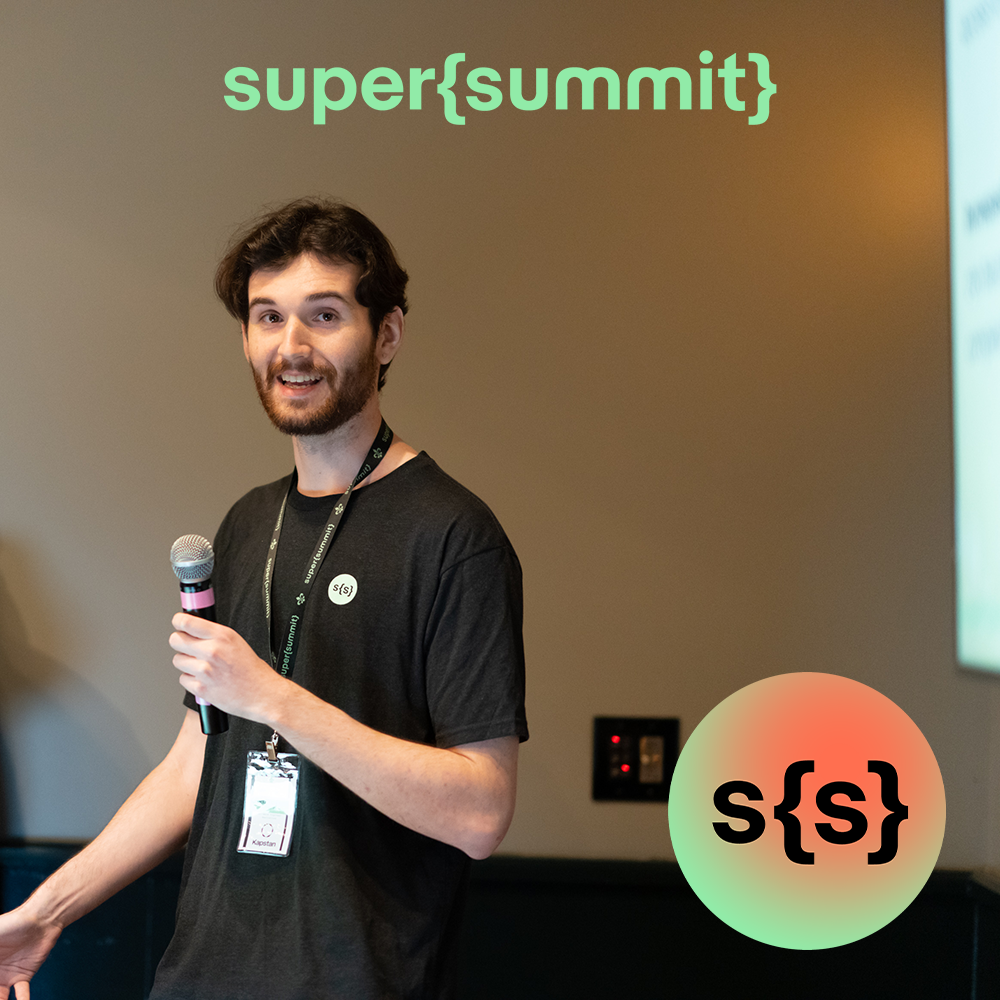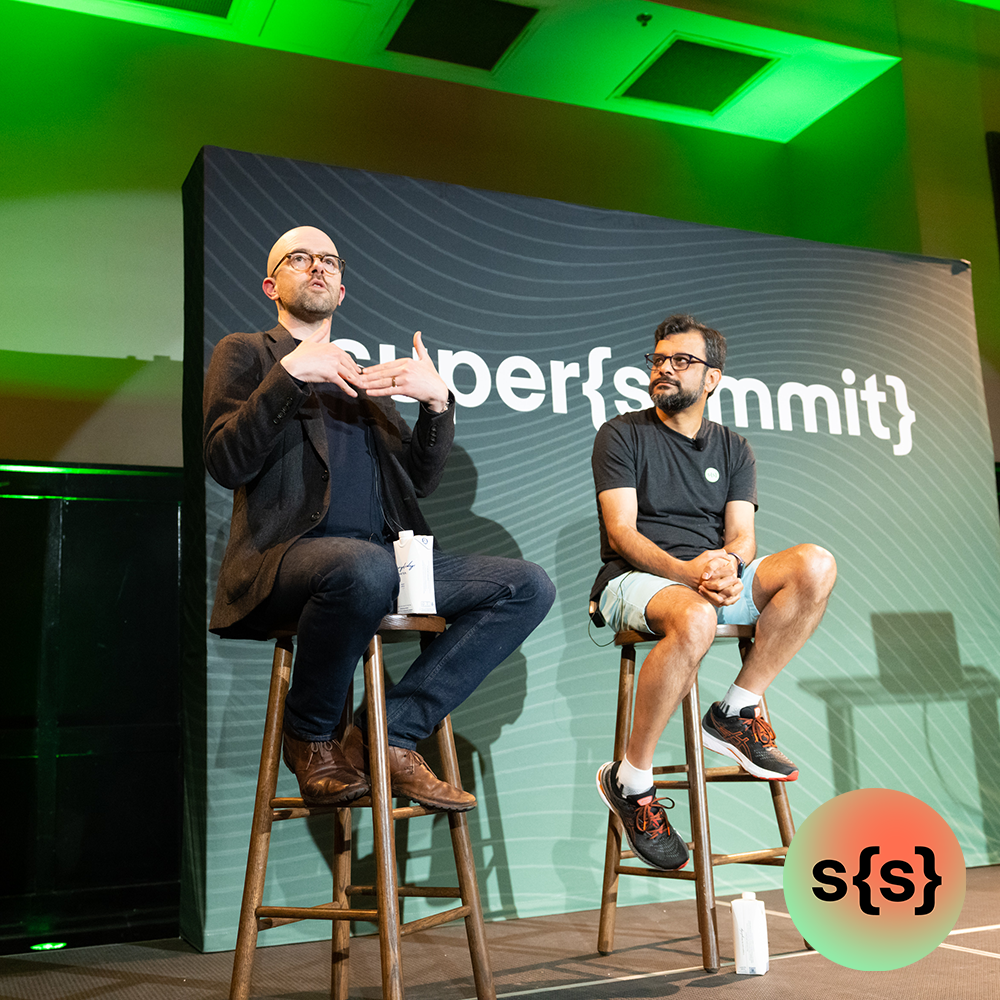
The Product Mindset for Engineers
As engineers, you spend a lot of time heads down in development cycles with product managers. But there are many other parts to a PM's job that you may not be as familiar with. At a recent panel at the Superset Summit, I had the chance to discuss these less visible aspects of product management with other startup founders and heads of product, including Debra Kadner from Eskalera, Gal Vered from CheckSum, and Peter Wang from Ketch. Our goal is to provide some insight into the product manager mindset so you as engineers can better collaborate with your PMs.

Product Discovery: The Why
Product discovery is all about understanding the customer's needs and the market opportunity. As PMs, we spend a significant amount of time speaking directly with users to identify their pain points. Rather than asking what features they want, we dig into the problems they face in their day-to-day work. The goal is to get to the root of their struggles so we can envision solutions that truly solve their needs (and not just what they think they want). As Peter from Ketch put it, "We have to focus on the why - the underlying root cause - rather than just the how - the specific narrow issues one customer faces. Each customer may see just a small slice of the problem. But we need to take a broader view and understand why this problem exists more universally."
Once you have a hypothesis, it’s important to formulate a lightweight way to validate whether you’re actually solving an important problem. For example, Gal and his co-founders at Checksum.ai, which is helping companies test their software with AI, did a bunch of "unscalable stuff" early on to test assumptions, like manually writing automated tests for a few potential customers. This allowed them to simulate their eventual product, assess customer interest, and get feedback. It tested their ability to reach target customers and whether those customers would take action.
In other cases, that the problem exists is more clear: Ketch, for instance, is building a privacy and compliance solution for companies that now need to comply with emerging data regulations like GDPR. “We know the requirements are out there,” Peter said. “We know larger tech companies spend tens of millions of dollars every year on specific teams just to fulfill these privacy requirements." In this sort of situation, then, product discovery is more about testing different approaches. Does Ketch’s data orchestration angle to data privacy resonate with customers and their systems?
Product Planning: The What
With the customer needs identified, product planning involves crafting a strategic product vision and roadmap to address those needs. This includes prioritizing features and functionality that will bring us toward that vision. There are always more ideas than we have resources for, so ruthless prioritization is crucial.
Gal from CheckSum suggests framing it this way: “When we prioritize, every month, every quarter, we’re asking ourselves, what do we need to do in order for us to tell our customers whether the software works or not at a certain point of time? And then it becomes just much easier when you focus on one thing only.”
Especially as companies scale, product managers have an increasingly complex balancing act, not only externally, but internally. They have to weigh inputs from many different stakeholders - engineering, sales, customer success, and more. Each team makes requests based on their specific needs, like sales pushing for a feature to close a particular deal or engineers wanting to work on some new tech they find interesting. Product managers are in the middle, having to make tough trade-off decisions on what gets built given limited resources.
Product managers can't just cater to the loudest voices, like sales demanding something for a potential one-off deal. They have to balance those urgent requests against more strategic needs like building features that benefit the overall customer base or map to the long-term product vision. As companies grow, the voice of the customer should remain central to prioritization - but only in aggregate. You have to scale solutions to specific problems to a wide variety of customers so you don’t become a specialized consultant for a single customer. For Ketch, Peter focuses on the most urgent areas for current clients, which is just complying with the ever-evolving government regulations. “Let's start with those areas to make sure we can deliver the most value to the customers and then gradually we can get to the next step and the next step.”
With so many competing priorities, transparency and communication become increasingly important. Product managers should clearly explain the rationale for prioritization decisions rather than just declaring the roadmap. The more engineers understand the complex set of inputs and trade-offs, the better they can collaborate with product managers and align on priorities.

Product Development: The How
Bringing the prioritized features to life is the part of the process that engineering spends the bulk of their time on. But there are still ways engineering and product can collaborate more effectively.
Probably the most important is that when collaborating with product managers, engineers should keep the end customer experience in mind. Focus on delivering maximum value as quickly as possible, rather than chasing technical perfection. Ask yourself questions like: How does this feature impact customers? Is this the top priority item or lower down the backlog? Can we get a minimally viable version released faster?
This means that you should avoid getting caught up in architectural details or going down rabbit holes to make something unnecessarily robust when a simpler solution would suffice. Most of the time when you’re worrying about pixel-perfect UI details, customers won't even notice.
In the course of product development, it’s also important that you honestly and proactively communicate with your product manager. Unlike engineers, most product managers aren’t intimately familiar with the microservice architecture or the implications of certain technical migrations. It’s therefore enormously helpful if you point out how engineering changes may impact existing parts of the product, or if there are certain engineering constraints to new features or product lines that product managers want to implement. You can provide feedback early and often, rather than waiting for full product reviews.
Finally, don't be afraid to push back on unrealistic schedules or scope creep. Speak up if time estimates seem inaccurate based on your experience. Product managers want realistic timelines, even if longer.
Product Enablement: The Release
The launch of a new product or feature is just the beginning. Next, we need to enable sales, marketing, services and support teams to successfully get it into the hands of users.
Especially at smaller companies, it’ll often be the engineers’ responsibility to create documentation and tutorials that teach users how to interact with the product. This is a very important role! Documentation and SDKs can massively boost adoption.
When writing documentation, think about how users will typically interact with the product. Highlight common use cases and call out potential "gotchas" people may encounter along the way. These practical insights are more useful than covering obscure edge cases.
Think of the documentation not just as a tedious afterthought, but as a marketing tool. You can help the sales and marketing teams demonstrate the product’s value proposition and benefits by tailoring the writing not to a technical audience that knows the product inside-out, but rather a lay audience that just wants to get your product up and running as soon as possible.
Finally, engineers have a unique view into how products work and where users may struggle. When demoing the product or testing it out, be sure to note and pass along feedback on whether new features seem intuitive and self-explanatory. Sharing those insights helps strengthen enablement across the org and set customers up for success.

Adopting the Product Mindset
While PMs sit at the center of the product development process, we rely heavily on collaboration with engineering to be successful. By understanding the responsibilities and tradeoffs we balance across the product life cycle, you can help strengthen that collaboration. Here are a few ways to further develop your product muscles as an engineer:
Ask Questions - Dig into the rationale behind prioritization decisions. PMs should be able to explain the inputs and tradeoffs.
Focus on Customer Value - Evaluate your work not just on technical merit, but on how it impacts end users.
Suggest Improvements - Don't be shy about proposing better solutions - whether architecture changes or faster ways to validate ideas.
Highlight Constraints - Provide visibility into technical limitations that might affect future plans so PMs can plan accordingly.
Care About Adoption - Think about downstream activities to drive user engagement, not just getting features launched.
At the end of the day, product managers and engineers share a common goal - to create valuable products that solve real customer problems. By adopting a product mindset and collaborating effectively throughout the process, we can build products users love.
Watch my entire panel from super{summit} 2023 below, and learn more about super{summit} at superset.com/summit!
Tech, startups & the big picture
Subscribe for sharp takes on innovation, markets, and the forces shaping our future.
Let's keep in touch
We're heads down building & growing. Learn what's new and our latest updates.


